Paint Formulation
PAINT FORMULATION
Formulation Basics
Paint consists of four basic components:
- Resin
- Pigment
- Solvent
- Additives
The performance of a coating is influenced by the selection of these components and the relationship between them. Several rations play an important function in the overall performance of a coating.
Formulating Ratios
Pigment/Binder Ratio
P/B = Mp/Mb
where:
- P/B – Pigment/Binder Ratio
- Mp – Mass of pigment
- Mb – Mass of Binder
PVC (Pigment Volume Concentration)
The ratio of the volume of pigment to the volume of total nonvolatile material present in a coating. The figure is usually expressed as a percentage.
The non-volatile material, the material in the dried film, is represented by pigment and binder. Solvents and other materials not present in the dried film must not be included in the denominator.
Coatings are usually composed of a mixture of multiple pigments and binders. In this case, contributions of individual components must be considered. When multiple components are considered, ideal mixing is assumed (i.e. volumes are additive).
PVC = volume of pigment / volume total solids = Vp / (Vp + Vb)
where:
- PVC – Pigment Volume Concentration
- Vp – volume of pigment
- Vb – volume of binder
CPVC (Critical Pigment Volume Concentration)
The point where there is just sufficient binder present within a paint to cover each extender particle with a thin layer and fill all voids between particles. CPVC can be calculated from oil absorption (OA) as follows:
CPVC = 1/(1+ OA ρ/K)
where:
- CPVC – Critical Pigment Volume Concentration
- OA – Oil Absorption
- ρ – specific gravity of the pigment
- K – 100 x specific gravity of binder
Reduced PVC
Reduced PVC is the ratio comparing Pigment Volume Concentration (PVC) to Critical Pigment Volume Concentration (CPVC). It is useful in comparing one paint formulation to another.
λ = PVC/CPVC
where:
- λ – Pigment/Binder Ratio (lambda)
- PVC – Pigment Volume Concentration
- CPVC – Critical Pigment Volume Concentration
Extenders Substitution at Constant Gloss
Past a certain level, as PVC increases gloss decreases. As extenders serve the dual function to impart specific properties to the coating AND reduce the overall cost. By substituting an extender with a lower oil absorption (vehicle demand) it is possible to increase the PVC while not adversely affecting gloss.
E= A1 * D2 / A2 * D1
where:
- E – Extender Substitution Factor
- A1 – Oil absorption of substituted extender (%)
- A2 – Oil absorption of substituting extender (%)
- D1 – Density of substituted extender
- D2 – Density of substituting extender
Multiply E (Extender Substitution Factor) * weight of extender to be replaced to obtain the weight of substituting extender.
M2 = E * M1
where:
- E – Extender Substitution Factor
- M1 – Mass of substituted extender
- M2 – Mass of substituting extender
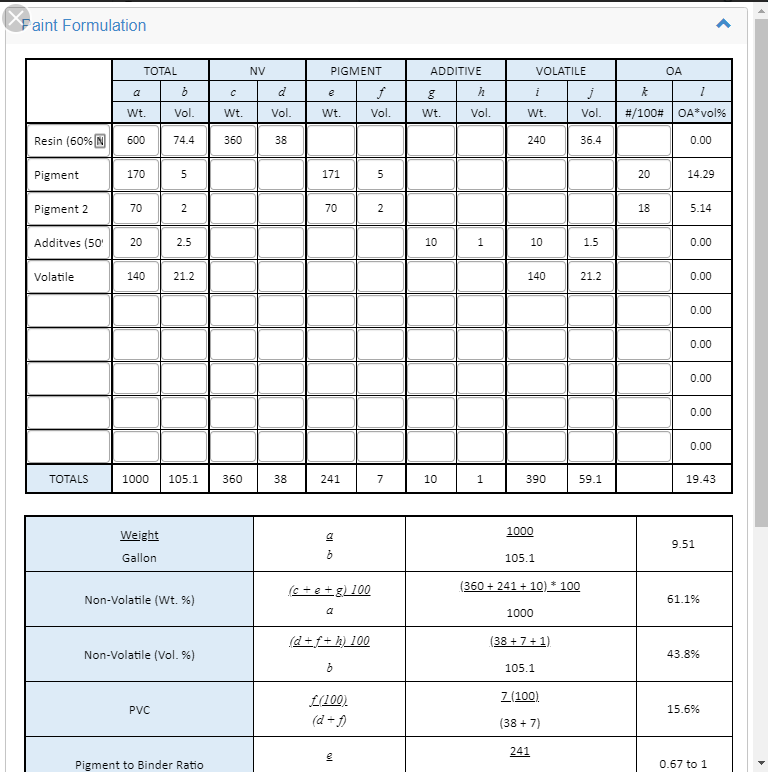
Paint Formula Calculator
Calculator demonstrates the affect of different quantities and types of material on various coatings properties.


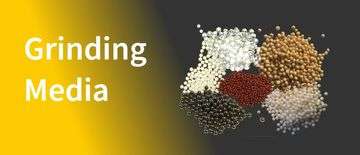
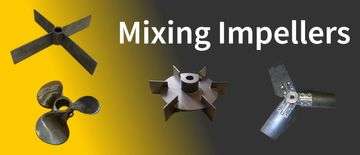
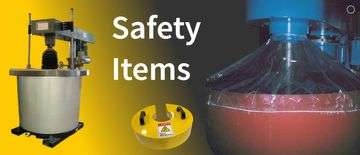



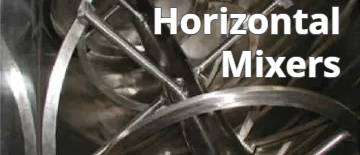


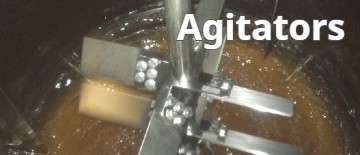

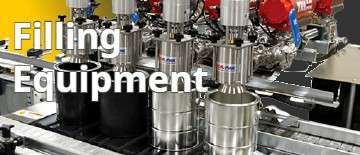
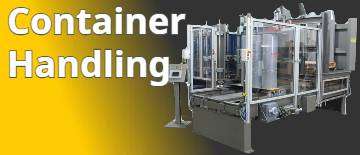
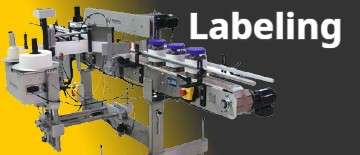


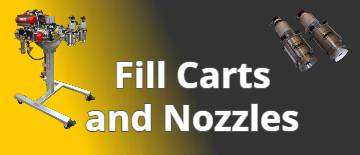

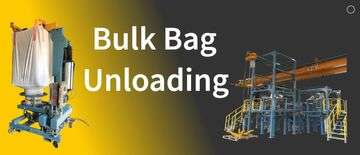


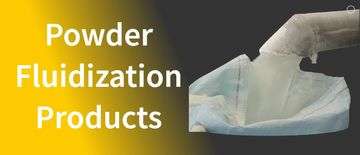
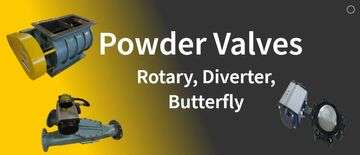
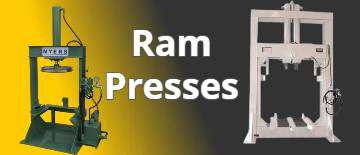
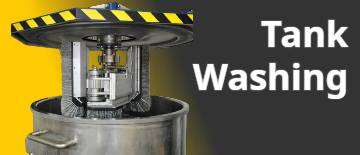
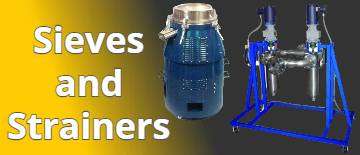

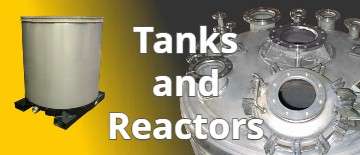
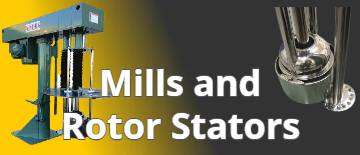














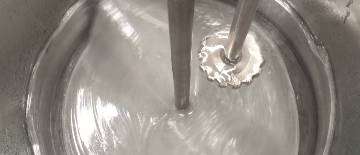

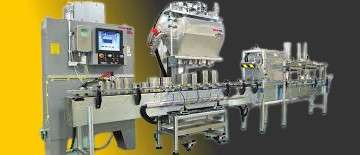
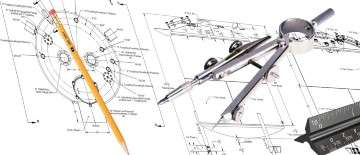
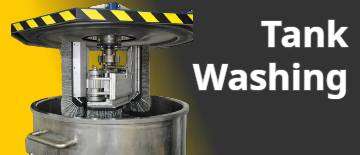
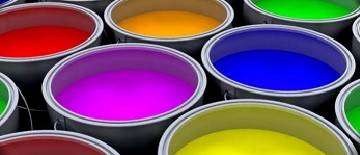
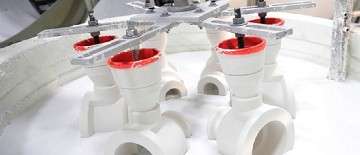
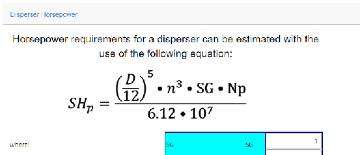
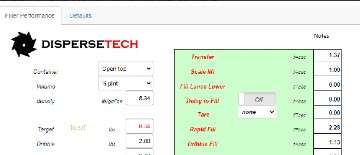
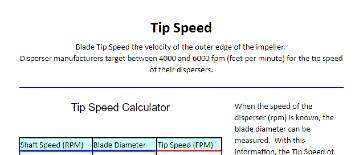

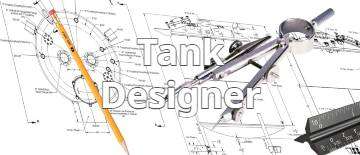
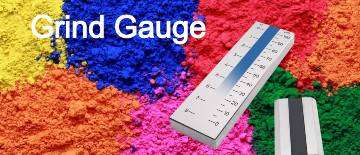
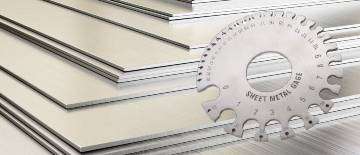

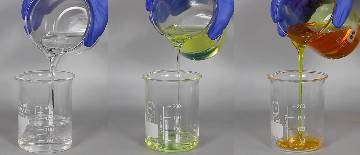
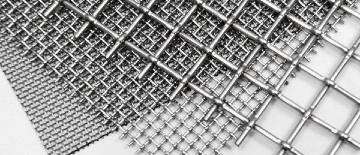
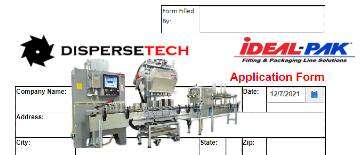
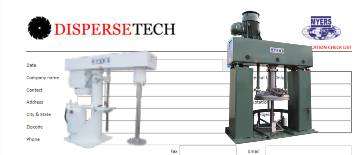



Leave a comment
Log in to post comments
Comments
Paint Formulation for my startup
By: STEVE HARRISON On 02/26/2024I would like you to share with me paint formula with ingredients and pricelist and recommended suppliers considering I am in Kenya. I will appreciate the help
Replied by: Stephen Schmidt On 02/28/2024
Formula application
By: Francis On 02/20/2024Thanks so much for formulation offered but I wish it be much simplified if possible.
Regards.
Francis.
Formulation
By: Mushahid Hussain On 01/25/2024Need all types of paint formulations
Pl.share waterbrone Acrylic paint formulation
By: Dnyandeo On 02/13/2022Very useful information, can you please share